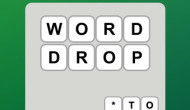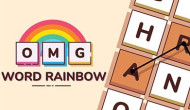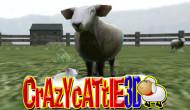Instant nerdle
What is Instant Nerdle?
Instant Nerdle is a daily math puzzle game where players must guess a hidden mathematical equation in just six tries. Similar to Wordle, the objective is to solve the puzzle using clues provided after each guess. The twist in Instant Nerdle is its focus on mathematical operations and equations, making it a fun and challenging game for math enthusiasts.
Rules of the Game
Objective: Solve the hidden mathematical equation using six guesses. Each guess must be a valid mathematical equation.
Guessing Process:
- Input: Your guesses must be valid equations using numbers and operators. Examples include
3+2=5or8/4=2. - Number of Guesses: You have six attempts to guess the correct equation.
- Feedback System: After each guess, the game provides feedback through color-coded tiles to help you refine your guesses.
- Input: Your guesses must be valid equations using numbers and operators. Examples include
Feedback System:
- Green Tile: Indicates that the corresponding number or operator in your guess is in the correct position.
- Yellow Tile: Shows that the number or operator is part of the solution but not in the correct position.
- Gray Tile: Indicates that the number or operator is not part of the solution.
Rules for Equations:
- Operators: You can use the following operators in your guesses:
+,-,*,/, and=. - Mandatory "=": Each guess must include exactly one "=" sign. The equation must be formatted as a mathematical statement with numbers and operators on both sides of the "=".
- Order of Operations: Follow the standard order of operations in mathematics: multiplication (*) and division (/) before addition (+) and subtraction (-). For example,
3+2*5equals13, not25. - Acceptable Variations: The solution is flexible with the order of numbers and operators. For example,
20+10=30will be accepted if the solution is10+20=30.
- Operators: You can use the following operators in your guesses:
Hints and Solution:
- Single Hint: Instant Nerdle provides one hint to guide you toward the solution. Pay close attention to the hint and use it to refine your guesses.
Tips for Success
Understand the Order of Operations: Ensure you’re familiar with the standard mathematical order of operations. This will help you make accurate guesses and understand the feedback provided.
Start with Simple Equations: Begin with straightforward equations to gather initial clues. For example, try basic operations like
1+2=3or4*5=20to see which numbers and operators are part of the solution.Use the Feedback Wisely: Analyze the color-coded feedback after each guess. Green tiles confirm correct numbers and positions, while yellow tiles indicate correct elements in the wrong positions. Gray tiles mean those elements are not part of the solution.




















